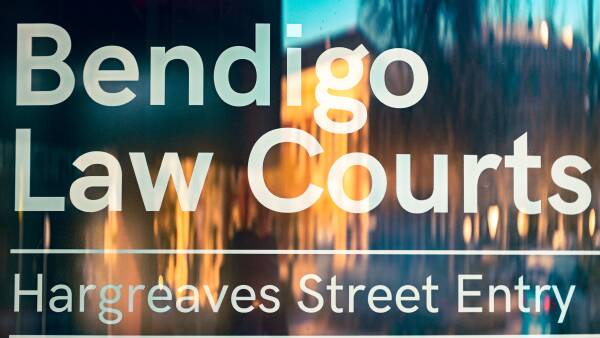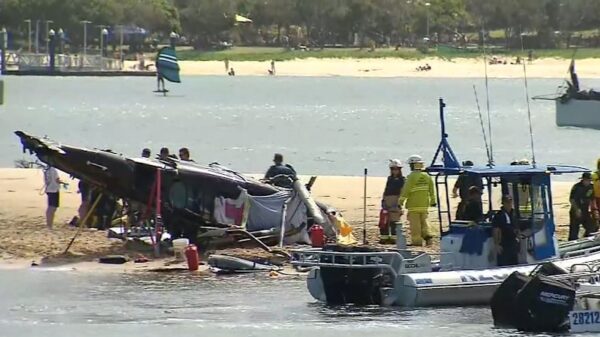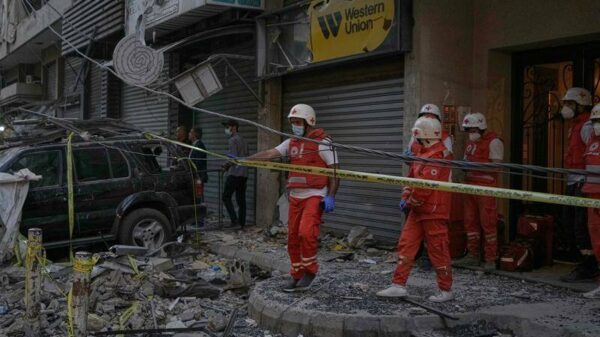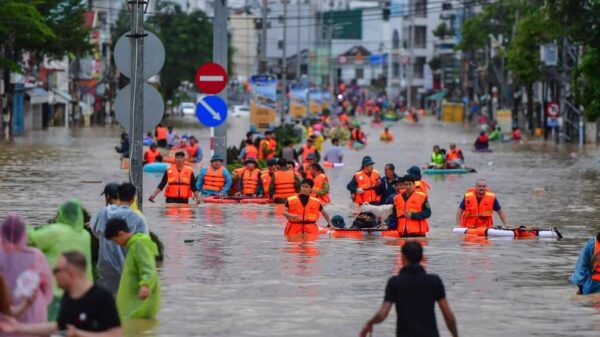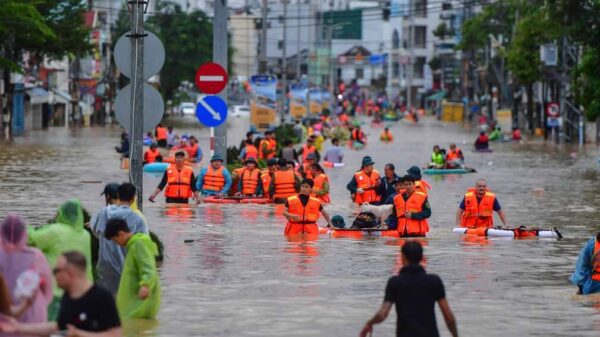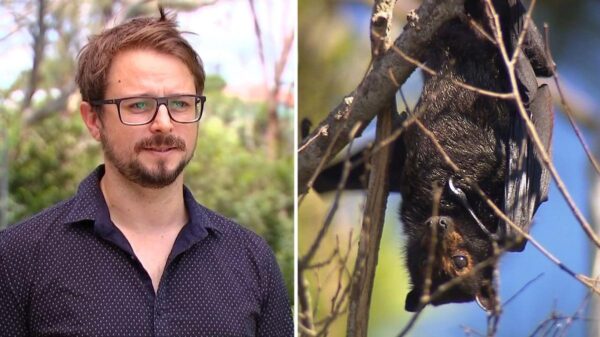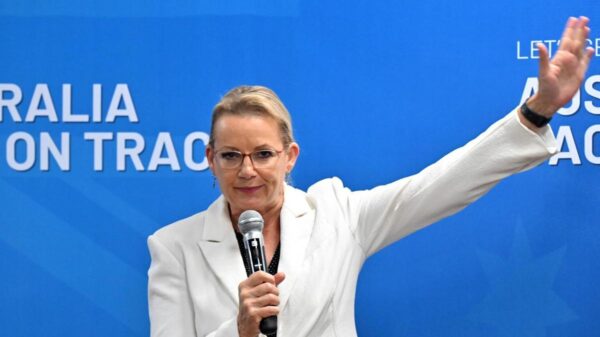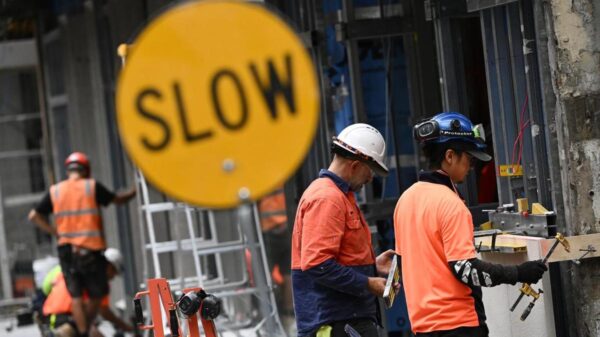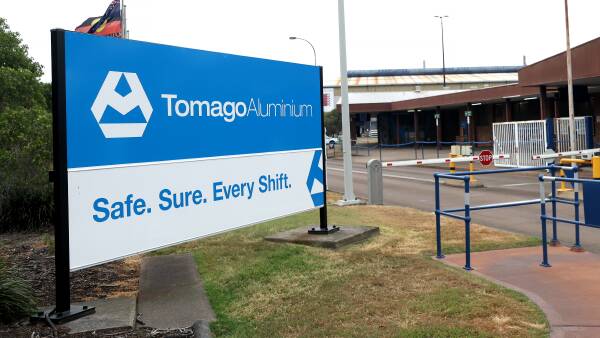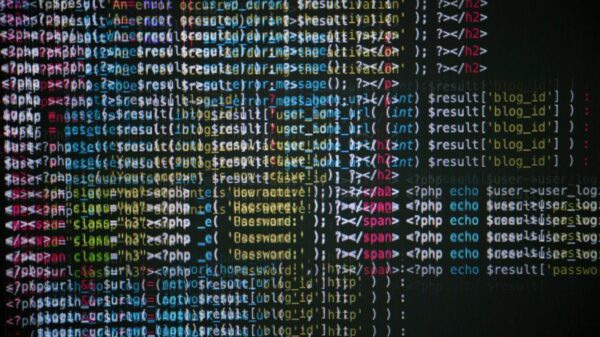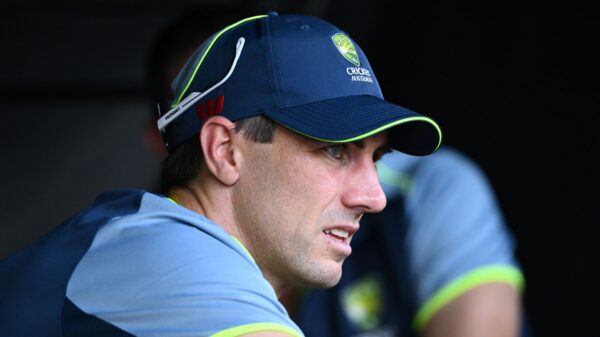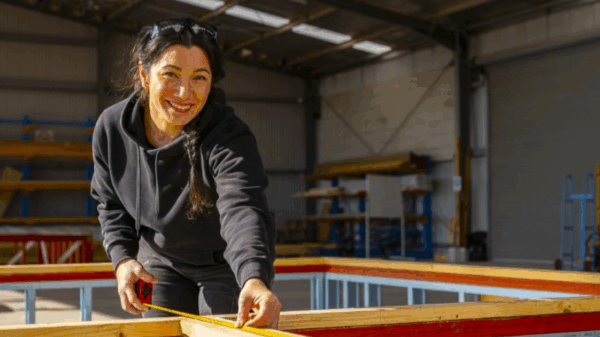Recent data indicates a slight improvement in rental affordability in Sydney after several years of significant decline. According to the latest findings from the 11th annual National Shelter-SGS Economics and Planning Rental Affordability Index, the average renting household now allocates exactly 30% of its income to rent, the threshold commonly associated with housing stress. Despite this overall improvement of 1% over the past year, certain regions in Western and South-West Sydney have seen a deterioration in affordability.
The report shows that Sydney’s Rental Affordability Index (RAI) score has reached 100. However, areas including Camden, Liverpool, and Parramatta have fallen into the “Moderately Unaffordable” or “Unaffordable” categories. Shelter NSW CEO, John Engeler, commented, “Sydney remains one of Australia’s least affordable rental markets, though there are early signs of stabilisation and perhaps some hope after years of deterioration.”
To sustain this momentum, Engeler stressed the importance of ongoing housing initiatives, particularly the delivery of homes under the Housing Australia Future Fund. He noted that thousands more homes are planned, which could alleviate pressure on the private rental market. “Housing is Australia’s most pressing social and economic challenge,” he added.
Affordability Challenges Persist for Many Residents
While some aspects of the rental market show signs of improvement, the situation remains dire for many residents, particularly in certain suburbs. Ellen Witte, Principal at SGS Economics & Planning, highlighted that “after reaching historic lows between 2021 and 2024, Sydney’s rental market shows signs of stabilising, though it remains deeply unaffordable.”
The report reveals that the city’s harbour, northern, and coastal suburbs are particularly challenging for renters. To find rents that do not exceed the affordability threshold, households must often travel between 15-20 km from the Central Business District (CBD) to areas like Campsie, Lakemba, or Rosehill.
Full-time workers in Sydney are facing significant rental stress, with a full-time hospitality worker needing to spend 42% of their income on rent. A single full-time working parent would allocate 33% of their income, both figures considerably above the affordability threshold. The situation is even more critical for vulnerable groups; for example, a single person receiving JobSeeker payments would need to channel 131% of their income towards rent, making independent living nearly impossible without external support.
Economic Implications of the Housing Crisis
The rental crisis is not just a social issue; it is affecting Sydney’s economic productivity as well. Robert Pradolin, Founder and Executive Director of Housing All Australians, emphasized that the lack of affordable housing is contributing to economic stagnation. “This is more than a social crisis. It’s an economic deadweight,” he stated.
Pradolin explained that businesses, including cafes, hotels, and childcare centres, struggle to find staff due to the lack of affordable housing nearby. When workers do find accommodation, long commutes often lead to exhaustion, ultimately impacting productivity. “Housing that people can afford is absolutely critical economic infrastructure,” he said. “Without it, we are severely crimping our economic growth.”
To address the affordable housing shortfall in Sydney, Pradolin advocates for the construction of 44,500 homes each year for the next 20 years. He believes that achieving this goal will require innovative public-private partnerships, as government efforts alone may not suffice.
With Sydney’s median weekly rent currently at $750 and the average rental household earning $130,273 annually, the recent improvements in rental affordability offer little relief to the thousands of residents facing housing stress. The ongoing challenges underscore the need for concerted efforts to make housing more accessible for all Sydney residents.

